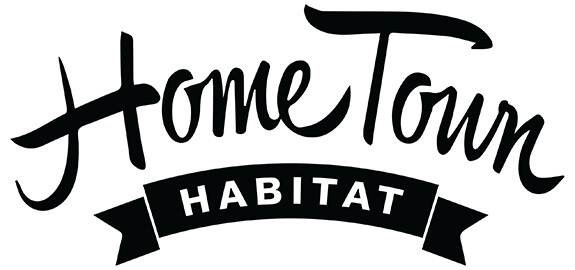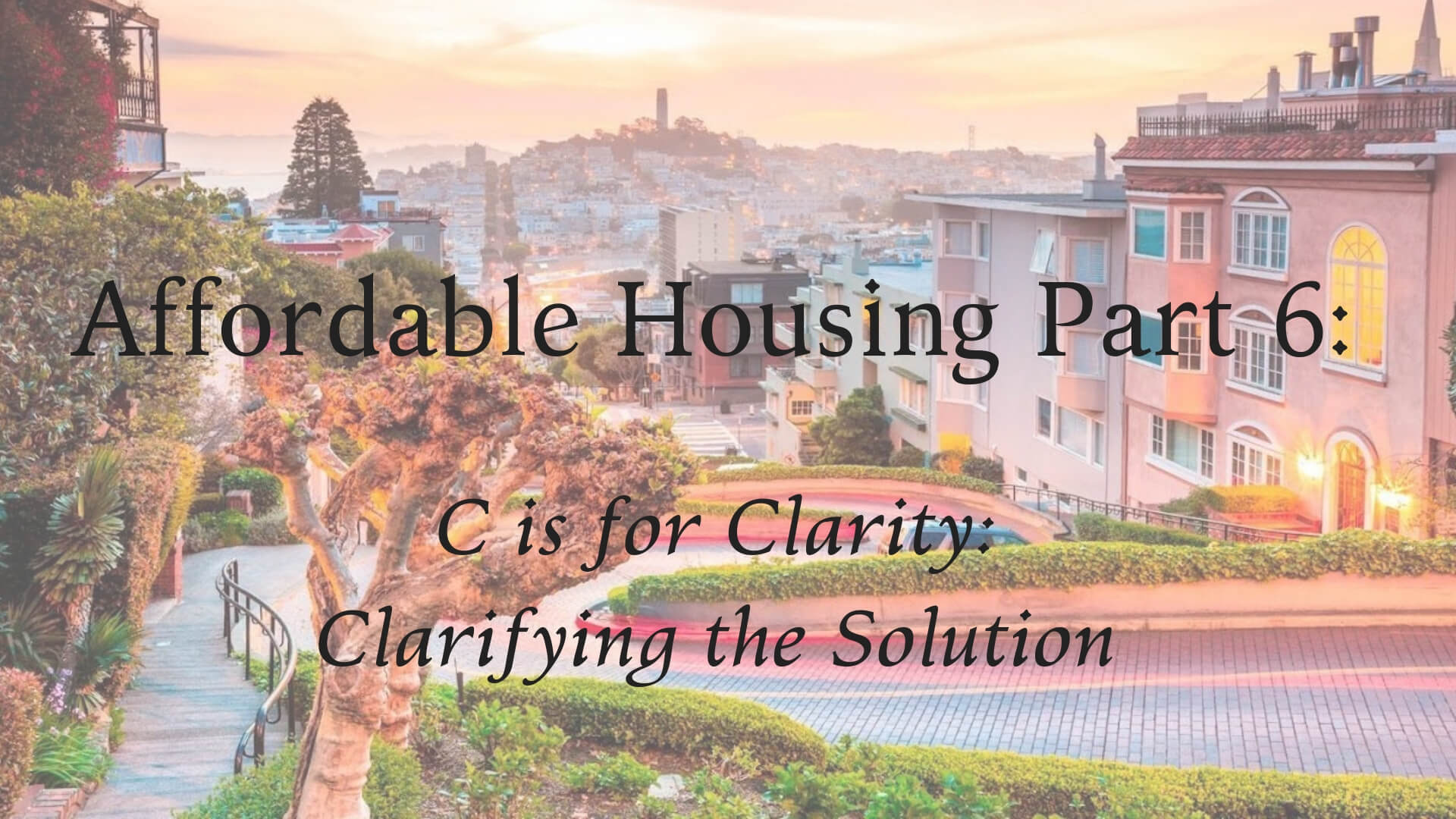C is for Clarity: Clarifying the Solution
Any conversation about affordable housing must begin with AMI, Area Median Income. In this article we’ll explore this term in more detail to make sure we’re all on the same page. In Part II, we’ll look at a sample budget to illustrate the impact of housing expense on various income levels. Ready to dive in?
Area
By ‘Area,’ we mean the MSA, or Metropolitan Statistical Area. The MSA is quite useful. It captures all manner of data for a given geography so anyone—employer, government agency, job candidate, hospital, etc.—can compare apples and apples. (Or, since this is Florida, oranges to oranges.) For example, economic development groups, transportation analyses, labor market studies, and of course, the housing industry will all be working from the same information to write policy, design long-term plans, public works projects, and so on.
Here’s a great definition of the MSA from Investopedia.com: “Metropolitan statistical areas usually consist of a core city with a large population and its surrounding region, which may include several adjacent counties. The area defined by the MSA is typically marked by significant social and economic interaction. People living in outlying rural areas, for example, may commute considerable distances to work, shop, or attend social activities in the urban center.
There are almost 400 metropolitan statistical areas in the United States. In contrast to micropolitan statistical areas, which center on towns and smaller communities with populations below 10,000, metropolitan statistical areas must include a city with a population of at least 50,000.”
Our local Habitat for Humanity affiliate is covered by two MSA’s: Lake County is part of the Orlando-Kissimmee-Sanford MSA, while Sumter County is in The Villages’ MSA. The MSA data drives the income calculations for any affordable housing program.
Median
‘Median’ isn’t the same thing as ‘average.’ Here’s how the Census Bureau defines it: “Median income is the amount which divides the income distribution into two equal groups, half having income above that amount, and half having income below that amount.” So, for your area (MSA) of interest, imagine lining up every household, from poorest to richest. The household in the exact middle would represent the median for that MSA—half make less, half make more.
In the very simple example below, the total household income for the area is $394,850. With just 7 homes, that means the average income is $56,407. However, the median, or the point at which half make more, half make less, is $62,900.
| One home at each income | Total Income | ||||||
| $35,000 | $43,000 | $57,300 | $62,900 | $63,400 | $65,750 | $67,500 | $394,850 |
Income
And how is an area’s income figured out to begin with? It starts with the Census Bureau; each year they contact “over 3.5 million households
across the country to participate in the American Community Survey. When you respond to the survey, you are doing your part to ensure decisions about your community can be made using the best data available.” (Learn more about the ACS here). The ACS includes income data.
Once that data is available, HUD gets to work. They use the data to calculate the median income for each geographic area based on how strong the data is. If it’s deemed statistically reliable, they can run with that for the year; if it’s not statistically reliable, for whatever reason, they’ll work on a combination of surveys and formulas…and it gets complicated. To see the process in detail for Lake County, Florida, check out their calculation process here.
From this process, HUD announces the AMI for a given area. That number will then be used for different types of affordable housing programs (rentals and purchases) across the country. Our Habitat affiliate generally uses the USDA’s mortgage program for eligible home owners, so we use their AMI charts. The chart below is what Habitat would look at. (This data is extrapolated from the USDA’s site for 2018.) Remember, the median means half the residents earn less, half earn more.
If you’re fact-checking the calculations, you’ll see they don’t match up exactly. For example, using Lake County’s AMI, you’d do this: $62,900 x .50 = $31,450, whereas the USDA lists $31,950. These slight variations are likely due to USDA including non-wage sources of income in the household, such as child support, SSI, or alimony. The income numbers represent the maximum allowable to qualify for each category. Therefore, a Lake County household of 2 with an income of $31,900 would qualify for Very Low Income programs; however, if the income were $32,000, they’d be in the range for Low Income programs.
| Lake County | Number in the household | |
| AMI: $62,900 | 1-4 | 5-8 |
| 50% AMI (Very Low Income) | $ 31,950 | $ 42,200 |
| 80% AMI (Low Income) | $ 51,100 | $ 67,450 |
| Sumter County | Number in the household | |
| AMI: $68,200 | 1-4 | 5-8 |
| 50% AMI (Very Low) | $ 33,400 | $ 44,100 |
| 80% AMI (Low) | $ 53,450 | $ 70,550 |
Summary
Many myths abound regarding what ‘affordable’ means for housing and who qualifies for such programs. It’s no exaggeration to say that every legitimate program that strives to help people keep their housing cost affordable (paying no more than 30% of their income for housing) is using the same foundation: the AMI.
In our next installment, we’ll put a few sample budgets to the test. We’ll take various monthly incomes at different hourly wage rates, and we’ll allocate the money to expenses using generally-accepted financial advisor recommendations. In doing so, we’ll see what percent of the typical income goes to housing versus the recommended 30% figure. And we’ll be able to answer the question: at what income is housing affordable for Lake and Sumter Counties?
Your turn: How does your income, or that of your employees, compare to the AMI for Lake or Sumter counties? How do you think this affects the amount of money left, after housing is paid, to cover all other living expenses? –> Respond to us on facebook with your thoughts to continue the conversation
Article By: Lee Owen, Habitat Volunteer


